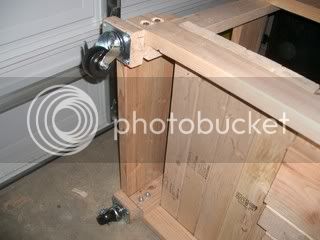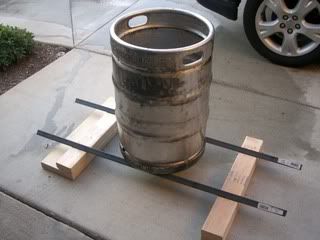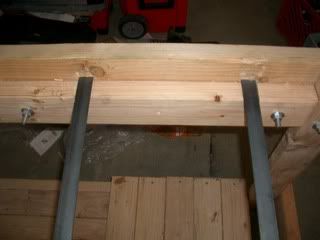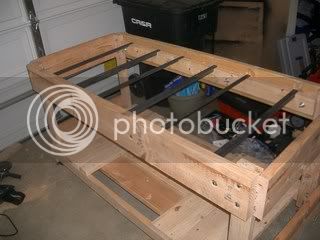ScubaSteve
Well-Known Member
- Joined
- May 21, 2007
- Messages
- 3,673
- Reaction score
- 91
Allright folks!-
Here's the beginnings of my rig build! Lot's of pics. See my original post for all the goodies I got to build this thing:
LET'S GET ALL MACGYVER A few words about my design; comments/advice welcome:
1) I wanted to build a HERMS because I liked the idea of keeping the wort away from direct heat if possible. I also had an extra 50' of 1/2" copper....so why not?
2) I got 2 pumps when I bought all this equipment. I decided on a single-tier because I wanted to avoid a mishap. I am strong enough to lift a full keg, it's just not so safe when on a ladder and after having a six-pack. I also have a little one on the way...so I'm thinking safety from here on out.
3) I have my old turkey fryer burner, so I decided to actually make a Hybrid HERMS. I will have the capability for a very controlled low heat direct fire if needed; i.e. in the case of cold weather.
OKAY! PICS!
First, I had these dull/dirty kegs...
http://s165.photobucket.com/albums/u76/hawkie333/HOMEBREWING/EBAY%20SCORES%20EQUIPMENT%20ETC/
Here's the beginnings of my rig build! Lot's of pics. See my original post for all the goodies I got to build this thing:
LET'S GET ALL MACGYVER A few words about my design; comments/advice welcome:
1) I wanted to build a HERMS because I liked the idea of keeping the wort away from direct heat if possible. I also had an extra 50' of 1/2" copper....so why not?
2) I got 2 pumps when I bought all this equipment. I decided on a single-tier because I wanted to avoid a mishap. I am strong enough to lift a full keg, it's just not so safe when on a ladder and after having a six-pack. I also have a little one on the way...so I'm thinking safety from here on out.
3) I have my old turkey fryer burner, so I decided to actually make a Hybrid HERMS. I will have the capability for a very controlled low heat direct fire if needed; i.e. in the case of cold weather.
OKAY! PICS!

First, I had these dull/dirty kegs...
http://s165.photobucket.com/albums/u76/hawkie333/HOMEBREWING/EBAY%20SCORES%20EQUIPMENT%20ETC/


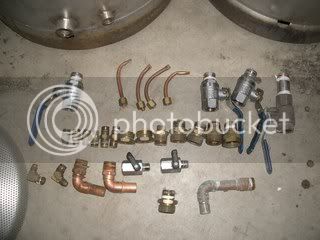

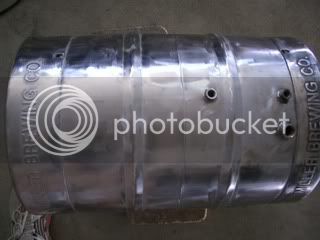
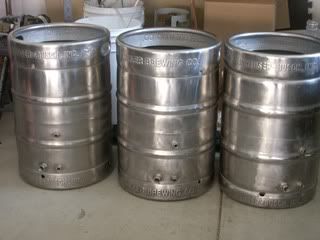
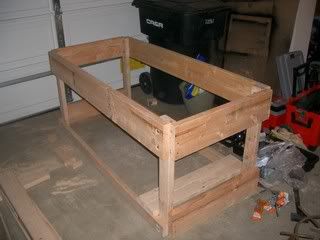


















![Craft A Brew - Safale BE-256 Yeast - Fermentis - Belgian Ale Dry Yeast - For Belgian & Strong Ales - Ingredients for Home Brewing - Beer Making Supplies - [3 Pack]](https://m.media-amazon.com/images/I/51bcKEwQmWL._SL500_.jpg)




































